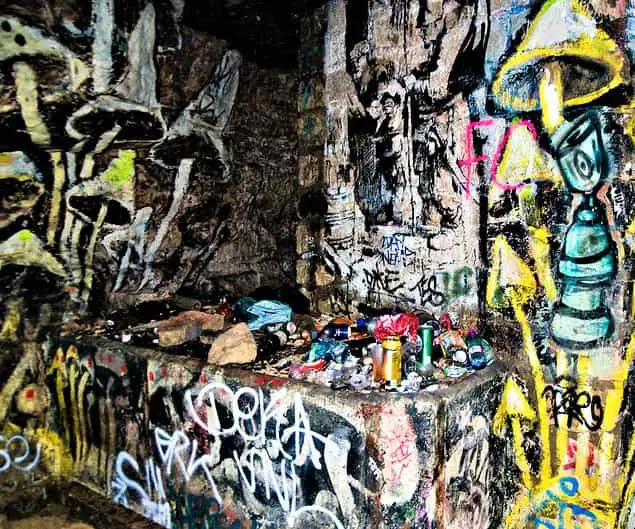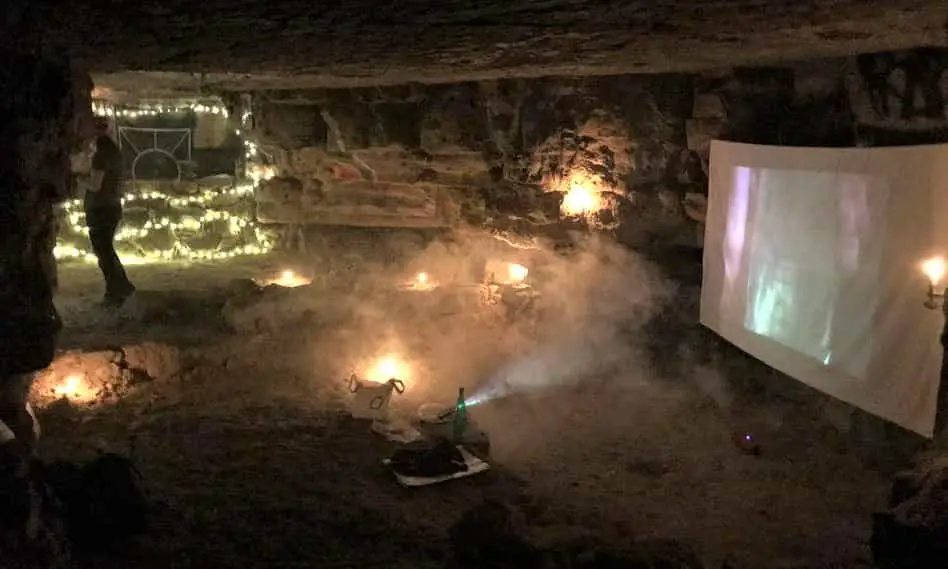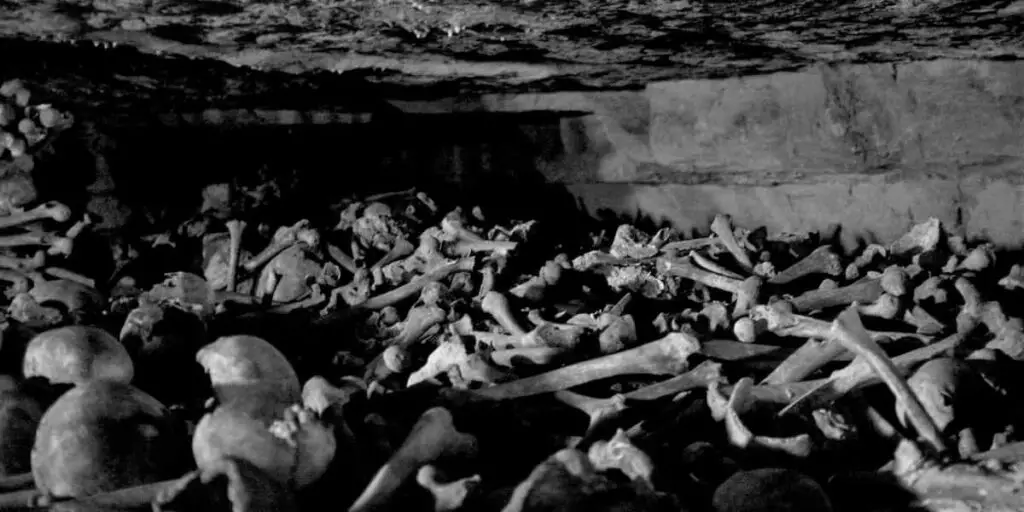Were there music videos before MTV?
The history of music videos starts somewhere in the 20th century. But were they around before MTV started in 1981? Is the format of music videos older than that?
What is a music video?
A music video is a short film that illustrates, comments, or at least in some way interprets the music within the video. It is mostly relatively short, as it reflects the song, although some videos can have substantial parts before and after the music, and thus become longer.
It is an artistic format that in some way promotes the song and the band/singer in the video.
It is also disputable if simply shooting an artist playing his music, really is to be regarded as a music video. The format suggests some creative touch to the footage even if it centers around a live performance.
What is MTV?
For those of you who don’t know, MTV is an American Cable TV channel centered around Music. The channel started out in 1981 as a music video-only TV, where so-called Video Jockeys presented bands, singers, and musicians for the audience, playing their videos.
It later developed into a more complete and complex channel with reality, drama, and comedy TV shows, live concerts, and documentaries.
But why focus on MTV? Well, the cable channel was closely connected to the format and was fundamental in the history of music videos. Without MTV, the music video would probably never have become what it is today.
The first music video ever.
With the definition above, the history of music videos started in the 60s. But long before that, there was music and images tied together in an expressive and imaginative way…
 In the very first years of 1900, something called illustrated songs were widely performed in vaudevilles, theaters, and nickelodeons. The illustrated song consisted of music, often a singer accompanied by piano. Together with the song, still-, or moving images projected from glass slides were shown. They were often done before the show, and in the case of nickelodeons, after, or in between at reel changes.
In the very first years of 1900, something called illustrated songs were widely performed in vaudevilles, theaters, and nickelodeons. The illustrated song consisted of music, often a singer accompanied by piano. Together with the song, still-, or moving images projected from glass slides were shown. They were often done before the show, and in the case of nickelodeons, after, or in between at reel changes.
-
Before
sound movies had conquered the world in the early thirties, there were the “talkies”. These were the first steps toward full-lengthfilms and they were immensely popular, especially in the US. The first sound systems in the mid and late twenties had a synchronized disc instead of the soundtrack printed directly on the film itself. For technical reasons, the talkies had to be short and they were particularly suited for music/songs. Many of our greatest sound-film movie stars started out in these short films.
- The Bessie Smith short film “St. Louis Blues” from 1929 has some of the music video features mentioned above. It’s set in a bar with extras and the chorus placed around the tables. Mrs. Smith acts naturally at the counter, fingering a beer in front of her. It’s very far from the normal stage performance, and could, if you stretch it a bit, be regarded as the very first music video.
- From 1939, the Mills Panoram offered 3 minutes-musical videos from a wooden furniture-like movie jukebox. It was often seen in bars, in nightclubs, and in restaurants as a curiosity of modern society. For 10 cents you could see a b/w “soundie” with a random famous singer.
- In the 60s the Panoram-idea was reinvented with the French Scopitone and the Italian Cinebox. These had films in color, a choice of artists, and much better audio- and video quality. Still, they had a hard time competing with TV.
Why were music videos made before MTV?
The TV entered our homes after WW2. But it wasn’t until the late 50s that we started to have some serious TV listings. In those days, many TV shows and programs weren’t perfectly timed and the birth of TV advertisements made TV schedules unpredictable. Often there were spaces of 5, 10, or even 15 minutes between TV shows that needed to be filled with something. The short 3 minutes music video format was perfect for this.
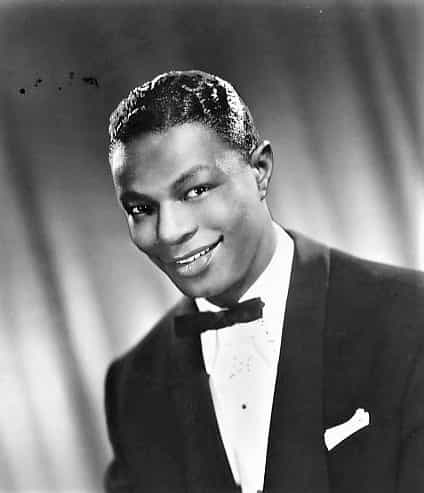
Jack Teagarden and Phil Moore, together with Louis Snader who funded the enterprise, invented a 3-4 minute format aimed at TV and featuring some of the best singers and musicians of the era. Nat King Cole, Duke Ellington, Count Basie, Cab Calloway, Sarah Vaughn, and Lionel Hampton are just a few names on the Snader Telescriptions team.
These are sometimes labeled the first music videos, but the problem is that they were pretty much just filmed gigs. And if we need creative video editing to be able to call it a music video, we have to wait another ten years.
In this category, we have the music video credited by the Guinness world of records as the first ever. In 1958 Jiles Perry Richardson Jr, also known as The Big Bopper, recorded the superhit Chantilly Lace together with two other songs.
Check it out yourself to see if you agree with Guinness…
Films
To distinguish a music video from a full-length film is not difficult. The film is much longer and usually has a different type of plot. But in the sixties, there were movies that contained songs with footage that if you cut them out of the film, they would fall into the music video category. Two films are worth mentioning here:
- “A hard days night” from 1964 by Richard Lester featuring the Beatles.
- “Don’t look back” from 1967 by Donn Allan Pennebaker featuring Bob Dylan.
The Beatles’ first music video.
In 1966, the world’s best-selling and most famous pop band, the Beatles, stopped touring. They sort of got fed up with the tight schedule, the screaming fans, the impossible playing conditions, the hotels, and the constant traveling. Instead, they started recording short promo videos for their newly released singles.
The first one was We can work it out, coming out more or less like a straight-up concert gig in a studio. But already a few months later they released Paperback Writer and the style was different. Now there were inserts of the band members not playing but doing other things or just posing. In 1967, the videos Strawberry fields and Penny Lane showed even more creative tendencies, and so the modern music video format was born.
Why did they start making music videos?
The reasons for producing music videos were always to promote the artist or artists. From the beginning of the 20th century until today, advertising and selling was always the goal. Today the music industry has undergone a true metamorfosi. There is much more money to be shared from many more sources. But the music video is still one of the major tools for reaching the audience.
A good video can reach billions. The song Despacito by Luis Fonsi has an astonishing 7,4 billion views on Youtube. Compare that to the Mills Panoram at the entrance of the nightclub in the 1920s and its total public of maybe a few hundred inebriated guests.

Interestingly, today’s music-stars generally make much more money on live performances than they do on copyrights from music files and videos. So, even though artists proportionally make less direct money from the music videos, They have an increasing impact on the artist’s possibility to promote those prosperous live performances.
Today, the music video boosts much more than just the song. It is selling a whole package in which the image and personality of the artist are the main features.
How were music videos made before MTV?
After the Beatles’ first videos in the mid-60s, many other singers and bands started making creative videos showing more than just them playing the music. The form was new and nobody knew for sure where it was heading. Without complex video editing programs, the products were quite simple. Still, many of the directors of the first releases showed a strong desire to experiment. Here is a random collection of some of the videos from that time :
The first music video on MTV.
MTV was launched on August 1, 1981. The first video] was the Buggles with Video Killed the Radio Star, followed by Pat Benatar’s You Better Run. The idea was to play music with music videos around the clock. But although the idea was revolutionary and the concept a winner, the channel struggled in the beginning.
One reason was the simple lack of videos. There were so few around that MTV had to let the VJs talk too much, they had to use concert footage, and they had to repeat the artists that actually produced music videos a bit too frequently.
But after Viacom bought the channel in 1985, together with a broadening of the music segments, MTV slowly grew until it totally dominated music promotion. In the late 80s, and the 90s as much as 90% of an artist’s total budget for promotion went to MTV.
… And at that point everybody was making music videos. But that’s a subject for another article.
I should mention Thriller by Michael Jackson. It aired in December 1983, and it opened the doors for Afro-American artists, who before that were rarely seen on the channel. Apart from the racial issues, the spectrum of music styles widened significantly after Thriller. Soul, R&B, Rap music entered the previously Rock-based channel, and that helped in building the totally dominant position MTV reached in the late 1980s. Thriller is regarded as one of the most influential music video of all times.
Music Videos – Records
These records are evidently subject to interpretation. The format is not defined, and what is or what is not a true music video can be debated.
- First ever… 1958 The Big Bopper, with Chantilly Lace.
- First ever… I would put my money on one of the early Beatles videos. Penny Lane, Strawberry fields, but the first was obviously Paperback Writer.
- Longest ever… Could be Ghost by Michael Jackson, 38 minutes.
- Longest ever… Or it could be Level of concern by Twenty One Pilots, with an astonishing 4264 hours (… yes, that’s 177 days, 16 hours, 10 minutes, and 25 seconds, puh!). But that’s a loop of the three minute-song where fans were invited to send their own videos to the song. Your choice if that’s a true music video.
- Most expensive… Scream by Michael and Janet Jackson. 7 million dollars was the price tag.
- Most influential artist… Maybe Beyonce. Rolling Stones has her Formation video from 2016 as the best music video ever. Single Ladies won three Grammys, as well as a truckload of other awards, and is regarded as one of the best and most innovative videos ever.
- Weirdest music video… Now, there’s quite a pick. Here are a few:
… But there are many, many more.
Yes, music videos are definitely older than MTV. It’s just that the definition isn’t all that clear, and depending on what you consider a music video, the starting point changes.
sources







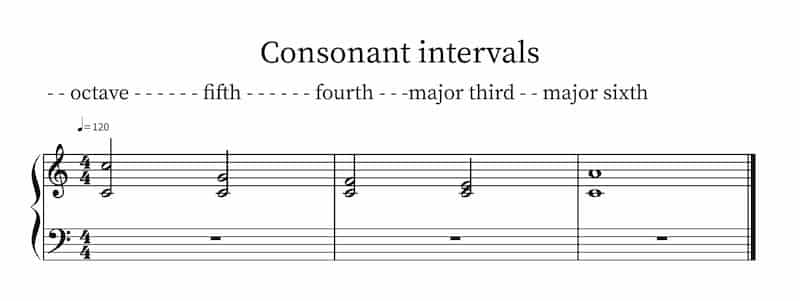




 If we do the same overtone-trick from the G note but with seven notes, we’ll get G – G – D – G – B – D – F.
If we do the same overtone-trick from the G note but with seven notes, we’ll get G – G – D – G – B – D – F. 











 Is it at all possible to affect hair growth?
Is it at all possible to affect hair growth? Does shaving make hair thicker? Nope, it doesn’t
Does shaving make hair thicker? Nope, it doesn’t




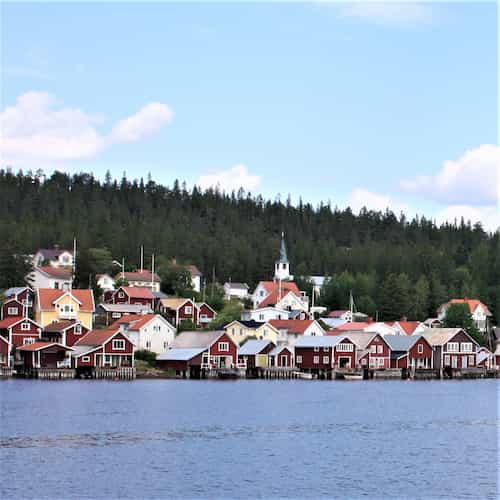

 The final verdict
The final verdict
 Where can you find quicksand?
Where can you find quicksand?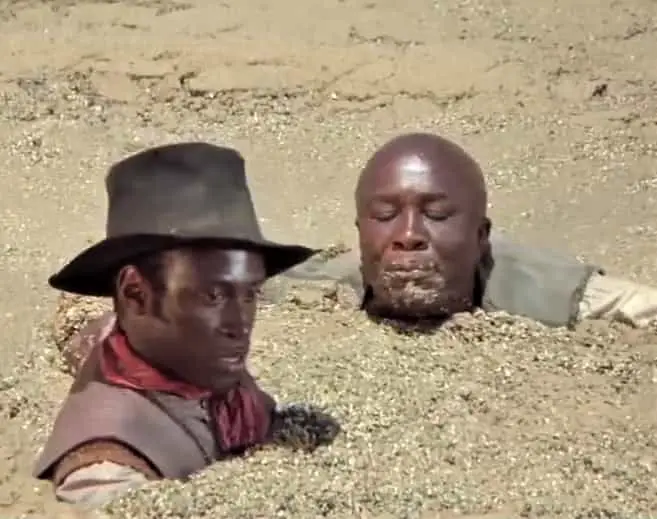


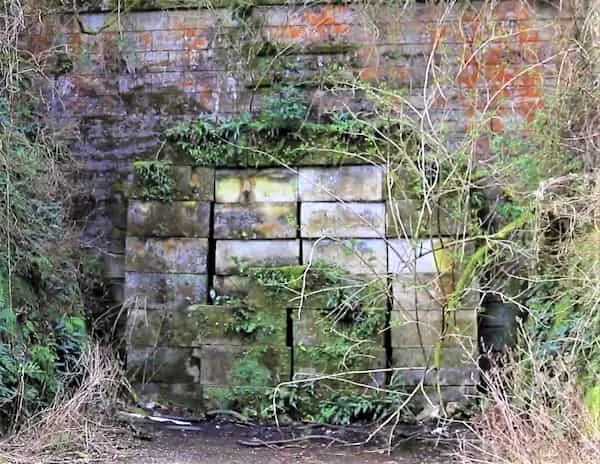



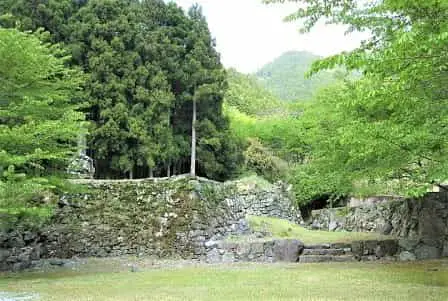

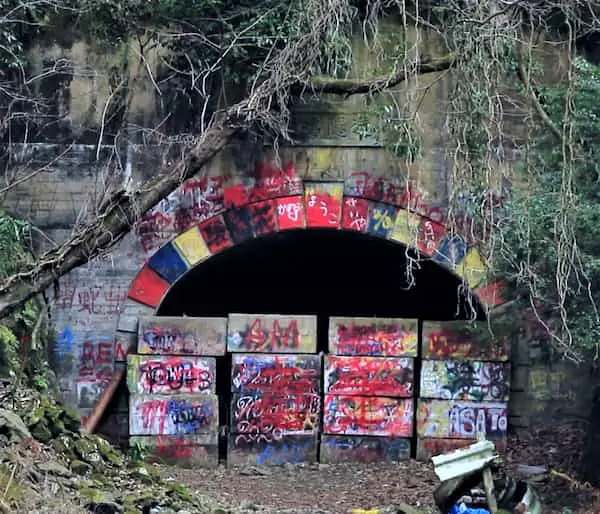
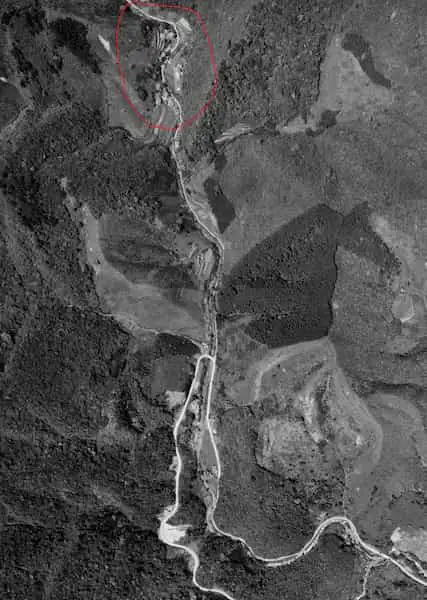

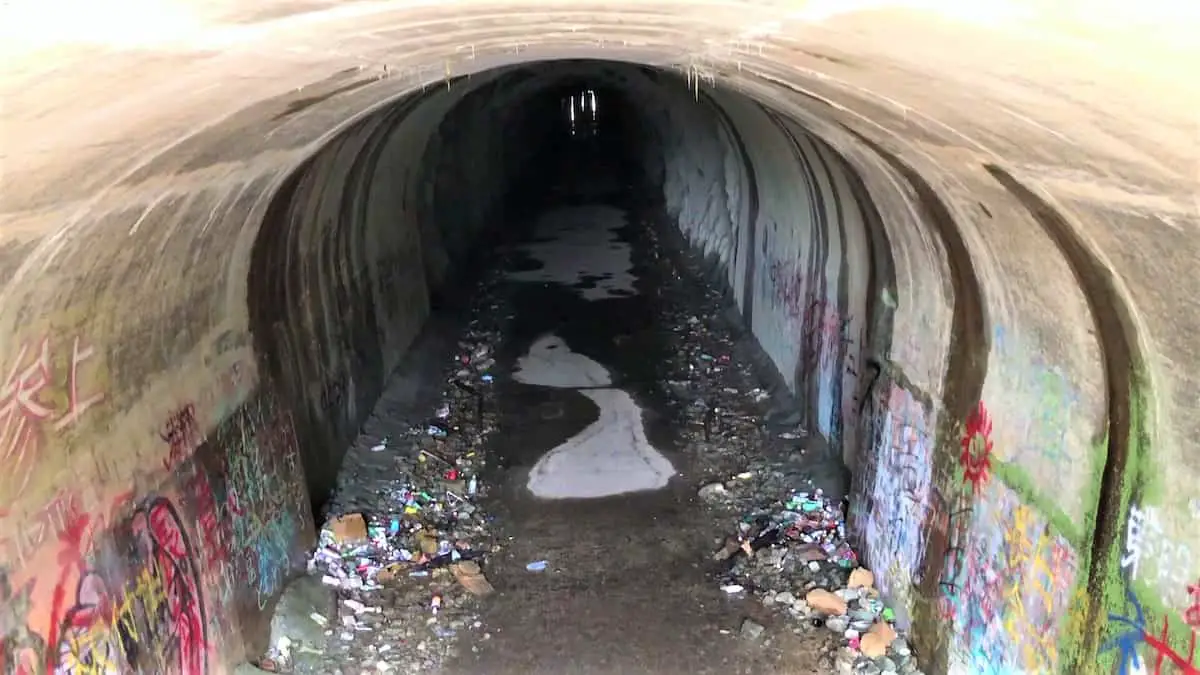

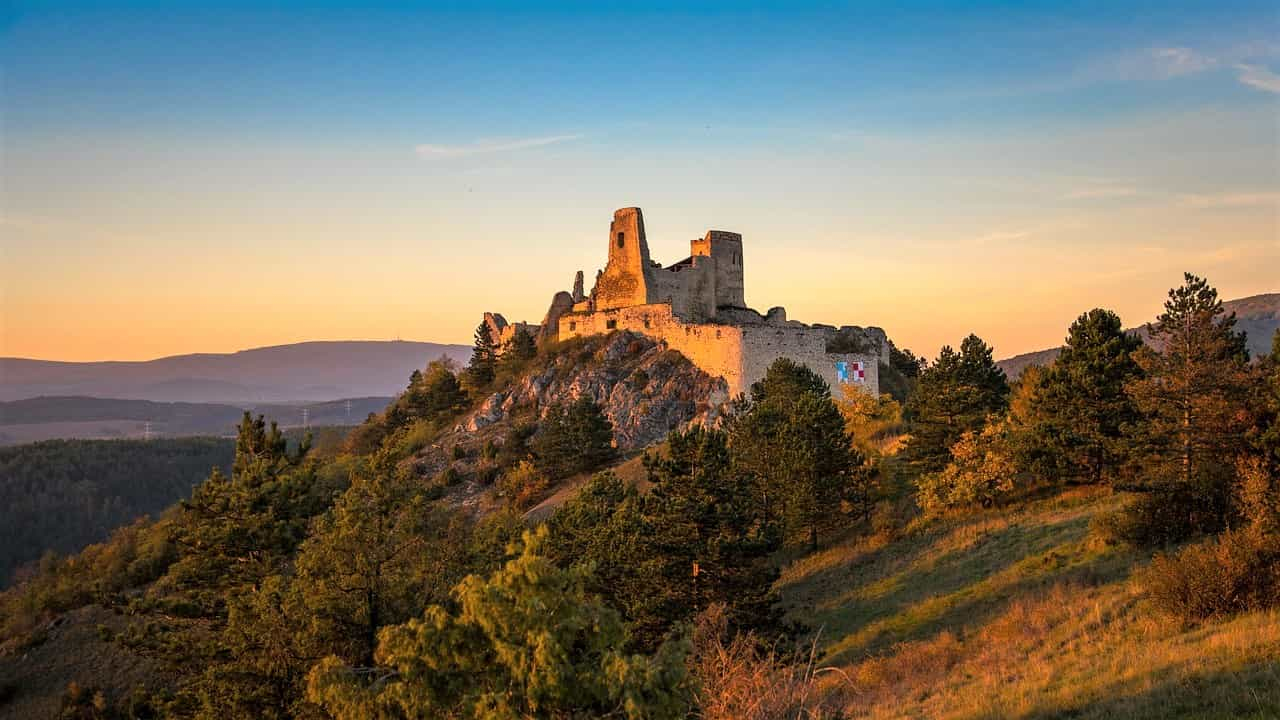


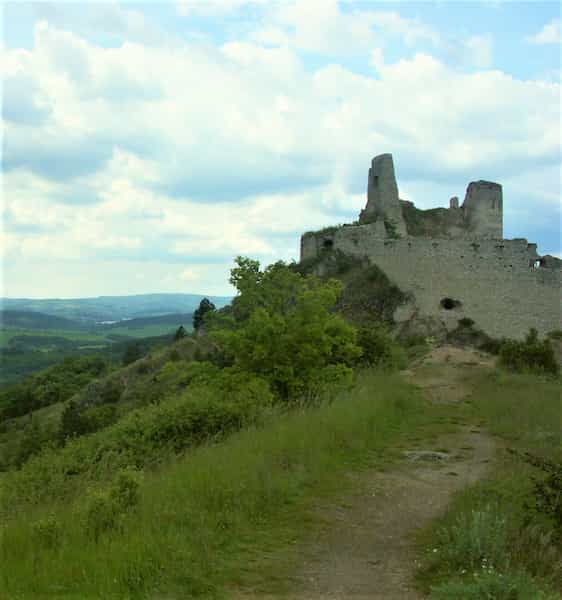
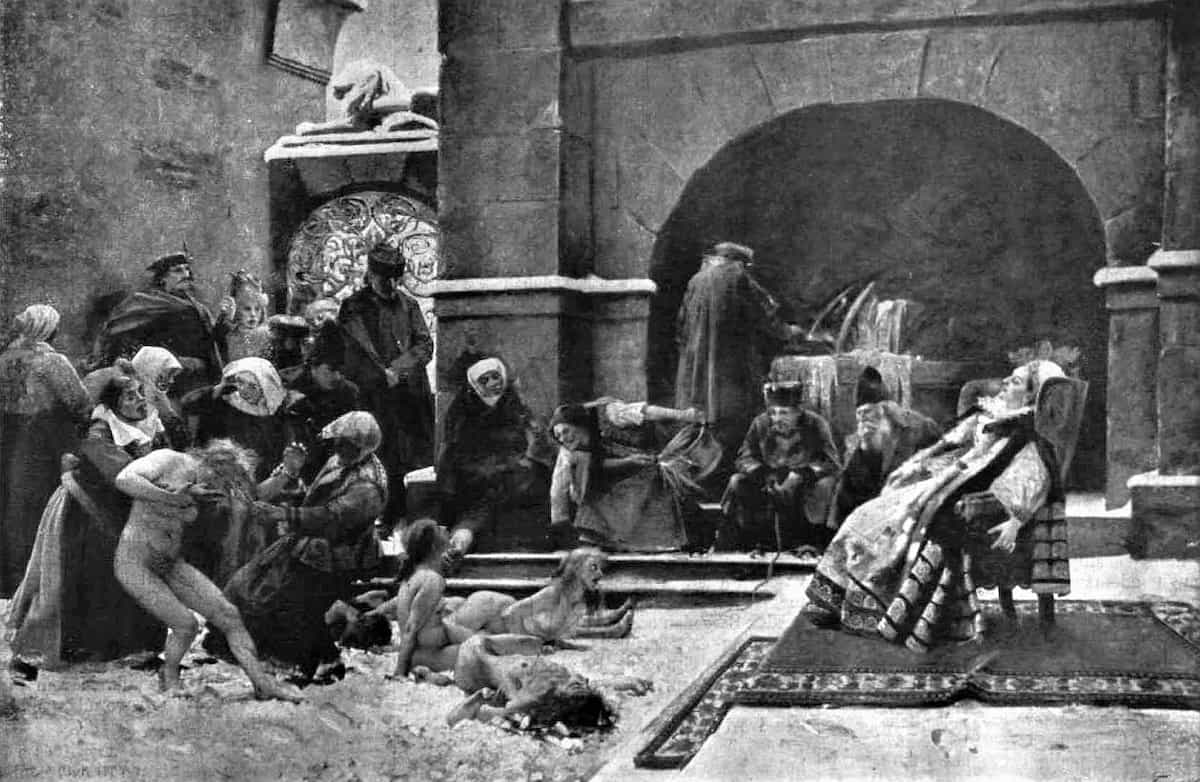 The hauntings… Or not the hauntings
The hauntings… Or not the hauntings
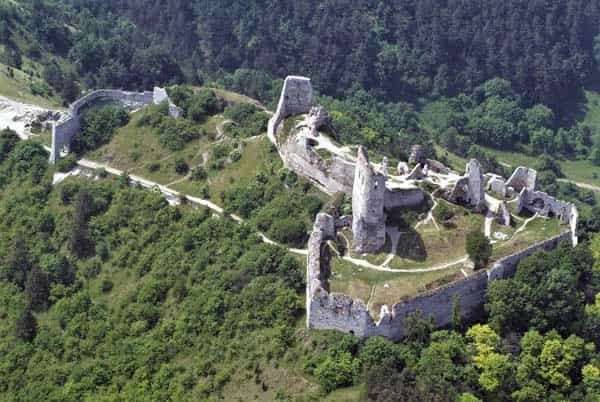



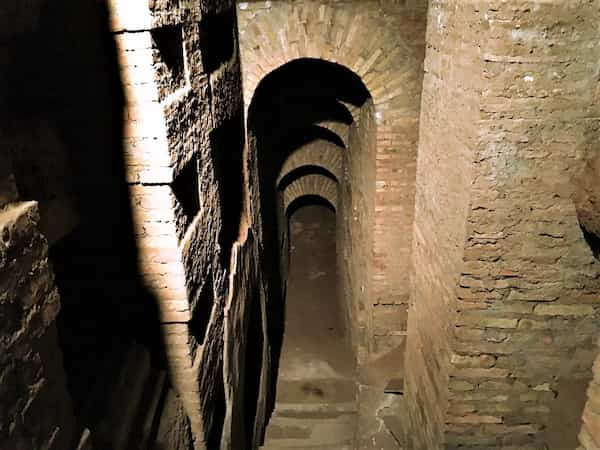

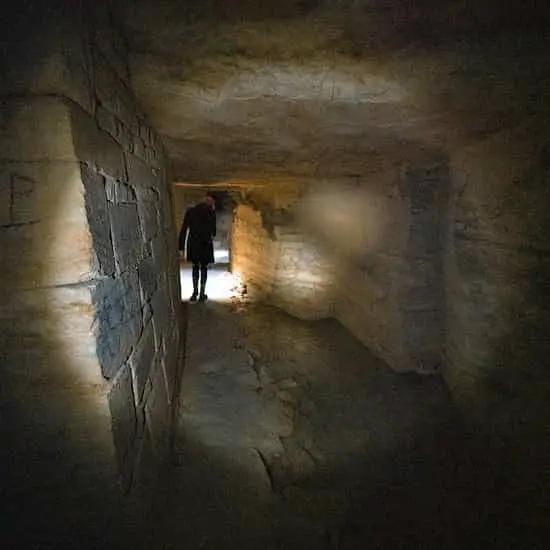


 The movie… There’s always a movie…
The movie… There’s always a movie…